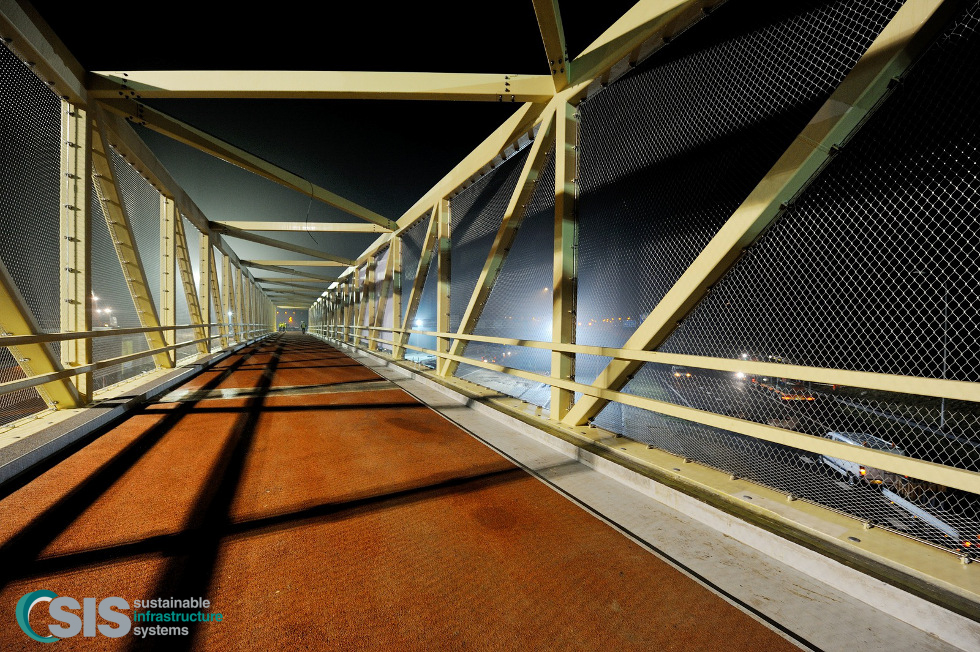Foundations are a crucial element in construction, providing stable support for buildings and infrastructure. Driven piles are a common foundation type suitable for various soil conditions. Traditional materials for driven piles include timber, steel, and concrete, but fibre-reinforced polymer (FRP) composites are emerging as an innovative and sustainable pile material. This guide covers the basics of FRP-driven piles for anyone involved in construction and civil engineering projects.
What are FRP Composites?
FRP consists of a polymer resin matrix reinforcing glass, carbon, or aramid fibres. The components are moulded and cured to produce a robust, lightweight, corrosion-resistant composite material. Varying the fibre type, resin chemistry, and manufacturing process allows customisation of mechanical properties. FRP composites exhibit high strength and stiffness for their weight.
Benefits of FRP-Driven Piles
One of the most compelling aspects of FRP-driven piles is their multifaceted list of benefits that resonate with both engineers and environmentalists alike:
- Corrosion Resistance: Unlike traditional steel piles, FRP-driven piles are inherently corrosion-resistant, making them an excellent choice for marine environments and projects near water bodies.
- Lightweight and Easy Handling: The lightweight nature of FRP piles simplifies transportation and installation processes, reducing the need for heavy machinery and associated costs.
- High Load-Bearing Capacity: FRP-driven piles exhibit impressive load-bearing capacities, enabling them to support heavy structures without compromising structural integrity.
- Environmental Friendliness: Manufacturing FRP-driven piles involves fewer carbon emissions than traditional materials, aligning with sustainable construction practices.
- Versatility: FRP piles can be tailored to specific project requirements, allowing engineers to select the optimal combination of materials and dimensions for each application.
Applications Across Industries
FRP-driven piles have found their footing in various construction projects, spanning industries such as infrastructure, commercial, residential, and even sustainable energy. Their versatility and durability make them suitable for applications ranging from foundation support in coastal structures and bridges to providing stability for high-rise buildings and renewable energy installations. This adaptability underscores the impact of FRP piles on reshaping construction methodologies and enhancing project longevity.
Sustainability at the Forefront
In an era marked by increasing awareness of environmental impact, sustainability has emerged as a cornerstone of responsible construction. FRP-driven piles align with this ethos by minimising resource consumption and offering a longer service life. Their resistance to degradation and reduced maintenance requirements translate to a reduced need for replacements, ultimately contributing to reduced waste and a smaller carbon footprint.
If you are looking for Australia’s best manufacturer of sustainable pedestrian and road bridges, then Sustainable Infrastructure Systems is for you. Our team specialises in developing sustainable products using a holistic project management approach to guarantee the best results. Connect with us by emailing service@sisau.com.au or by calling 1300 261 074.
